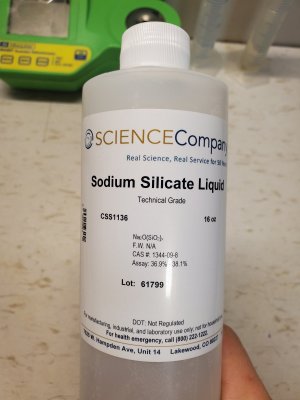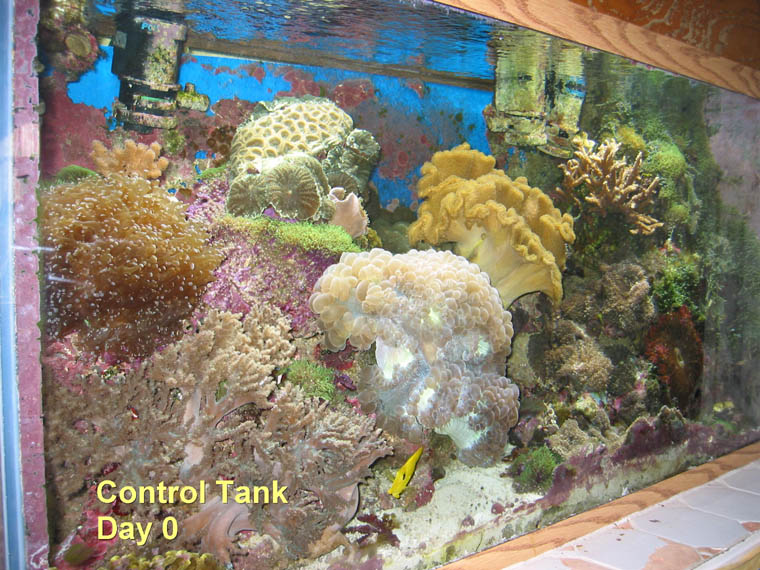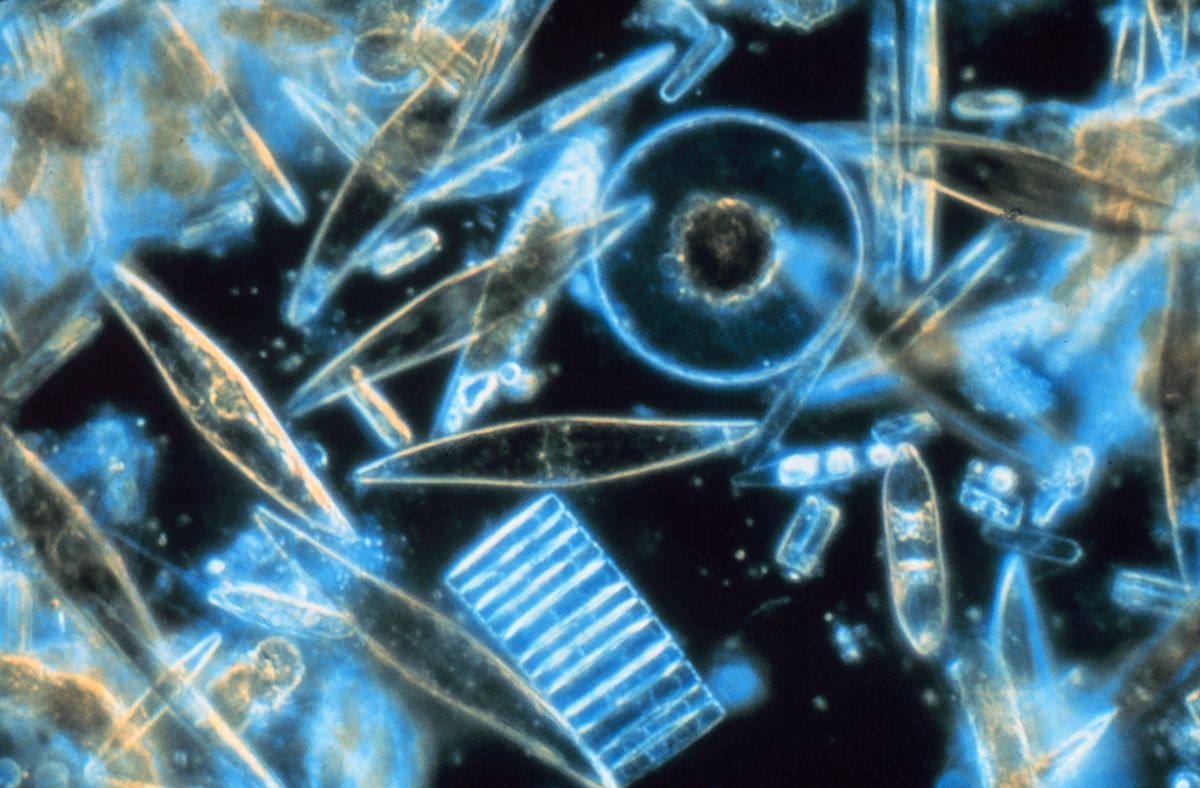Hey @Randy Holmes-Farley,
Can you refresh my memory for dosing to promote a diatom bloom. I have 260g total volume in the system.
Trying to still fight these dino's. If levels rise, is there a upper threshold to not go past for ppm?
So I stay on the safe side.
Thanks

Can you refresh my memory for dosing to promote a diatom bloom. I have 260g total volume in the system.
Trying to still fight these dino's. If levels rise, is there a upper threshold to not go past for ppm?
So I stay on the safe side.
Thanks



















